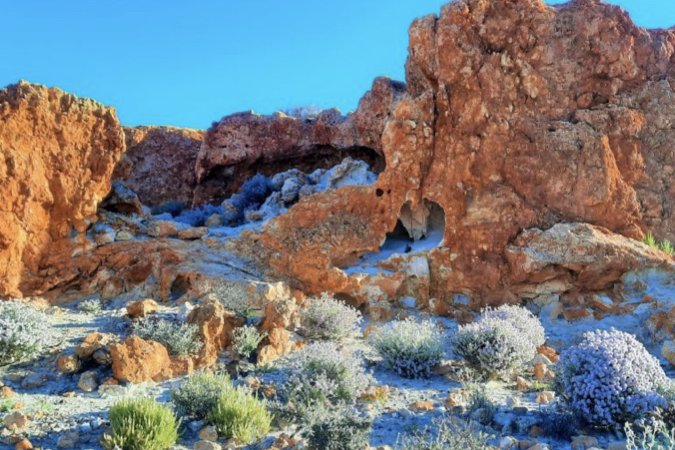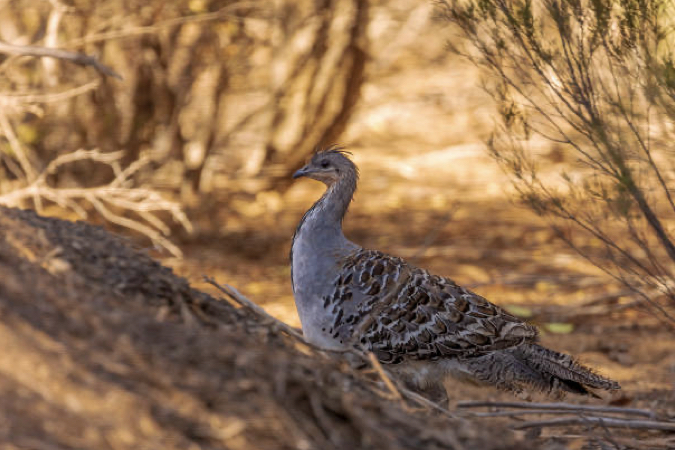



Narndee: Mallee Fowl Impact ProjectValidated by everclime

Project Type: Biodiversity
Biodiversity projects protect and restore species, habitats, and ecosystem balance.

Contributed units via everclime
8/May/2025 Last Updated

Unit Type: 1Ha Monitored
This unit represents 1 hectare of protected ecosystems, supporting biodiversity and habitat health.
Mission
Protecting Wilderness and the Malleefowl
We create lasting impact for nature by safeguarding overlooked landscapes rich in biodiversity and cultural heritage. Our work focuses on restoring habitats and conserving threatened species such as the Malleefowl, ensuring the survival of unique wildlife and the integrity of wilderness ecosystems.
Associated Rewards
No Rewards
This company has no rewards yet
No rewards
This project has no connected rewards yet
Sustainable Development Goals (SDG)
Aims to take urgent action to combat climate change and its impacts.
Learn moreProject Story
The Narndee Landscape
This landscape was first identified by Forever Wild in 2018, as a place rich in biodiversity, cultural heritage, and vast, awe-inspiring wilderness landscapes. Incredibly, this part of the world has long been overlooked by conservation organisations and cultural heritage funding entities.
Biodiversity
After good winter rains, which only occur every few years, the wildlife on Narndee is abundant. The mulga woodlands and saltbush plains host flocks of thousands of budgerigars, and Mulga and Burke's parrots streak through the trees in pairs or small flocks.
The mulga woodlands share the soil with millions of desert wildflowers. The mulga trees themselves are fascinating simply due to their extraordinary adaptations. A true semi-arid plant, part of the acacia family, their roots can tap into water deep beneath the surface. They can live for an astonishing 300 years, and even the dead timber can stand for decades, hardened and cracked by the elements. These cracked, dead trees are home to many small reptiles and invertebrates.
When the winter rains have passed and the daytime temperatures climb towards 50 degrees celsius, the surface water disappears, along with the swirling flocks of budgerigars. Only the hardiest creatures remain, scurrying in and around their ancient mulga homes.
The mulga woodlands share the soil with millions of desert wildflowers. The mulga trees themselves are fascinating simply due to their extraordinary adaptations. A true semi-arid plant, part of the acacia family, their roots can tap into water deep beneath the surface. They can live for an astonishing 300 years, and even the dead timber can stand for decades, hardened and cracked by the elements. These cracked, dead trees are home to many small reptiles and invertebrates.
When the winter rains have passed and the daytime temperatures climb towards 50 degrees celsius, the surface water disappears, along with the swirling flocks of budgerigars. Only the hardiest creatures remain, scurrying in and around their ancient mulga homes.

Narndee is home to Mallee Fowl, a threatened and very unique species. The Mallee Fowls habitats have been lost due to agriculture, mining, roads and unsuitable fire regimes. They are listed as an endangered animal in NT, NSW and VIC, and are vulnerable in SA.

